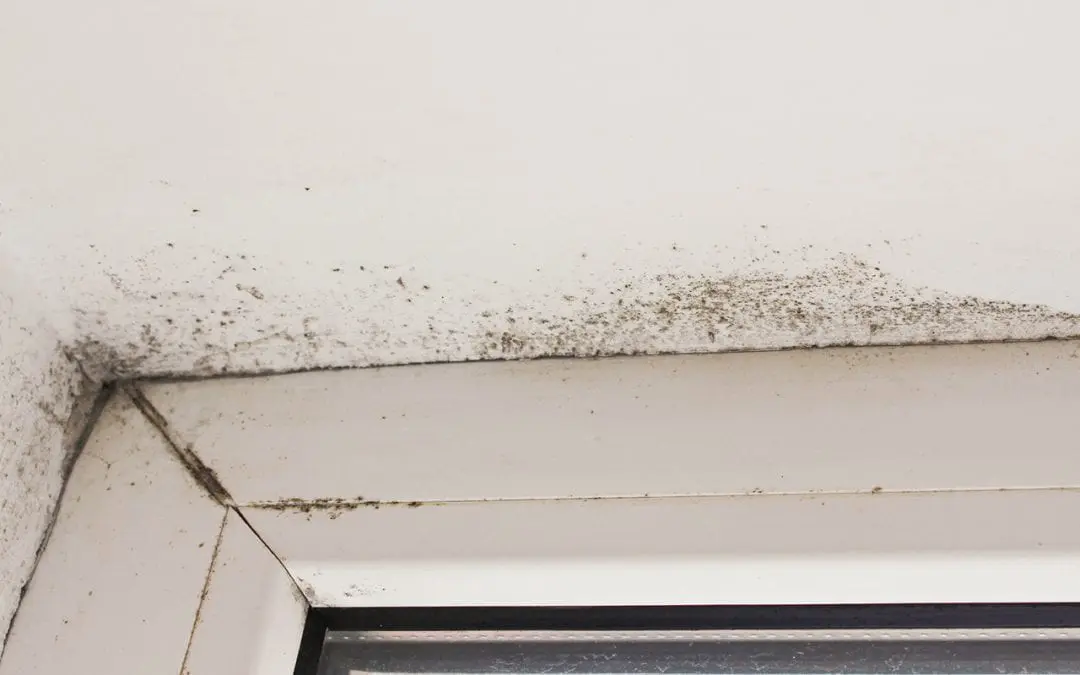Mold is not only unsightly and hard to get rid of, but but it also causes health problems. Living in a damp climate or a home that’s susceptible to moisture damage, you risk exposing your family and the structure itself to the hidden dangers of mold in your home.
How Did I Get Mold in My Home?
There are many different factors that can lead to a mold problem. Mold spores can grow indoors or out, but they’re most dangerous to your health in poorly ventilated, confined spaces. They usually appear after flooding or water damage and can be carried inside on clothing and pets. Paper products exposed to damp conditions in attics, basements, and closets are perfect breeding grounds for mold. It can also grow in paint containers, on upholstery and carpets, in wallpaper paste, and on drywall.
What Are the Risks of Mold in Your Home?
Some mold species are considered harmless, but many can cause health issues like upper respiratory distress and affect the central nervous system. Children, the elderly, and those who have severe allergies or immune deficiencies are more susceptible to mold.
A particularly nasty toxic greenish-black mold called Stachybotrys Chartarum is dangerous to humans and causes severe lung infections in young children. Respiratory problems aren’t the only dangers from mold, however. Here are a few more that might surprise you:
Circulatory Problems
Mold spores can enter the bloodstream through the skin, airways, and eyes, causing problems with your circulatory system. Symptoms of mold-related circulatory problems include low blood pressure and irregular heartbeat, bruising, and internal bleeding. Mold in your home may also lead to neurological problems.
Eye Swelling
Since mold spores are airborne, they can get into the eyes and affect the cells there. This can result in swollen, watery eyes, and blurred vision.
Insomnia
Studies have been released that linked sleep disturbance in children to long-term exposure to mold. Respiratory distress contributes to sleep problems in children and adults.
Depression
Damp, moldy environments have even been found to lead to depression. A recent study followed 6,000 persons in 3,000 different home environments. Researchers were able to link symptoms of depression to a toxic home environment that was independent of other factors.
Structural Damage to Your Home
You may notice that the surfaces of walls or wood are rougher after you clean mold from them. This has nothing to do with scrubbing or chemical erosion from bleach and other cleaning agents. Mold and mildew feed on organic matter, breaking it down at a cellular level. Left unchecked, it can weaken the underlying structure, making it unstable.
How Do I Get Rid of Mold?
No matter which type of mold is present, it still poses a health risk if it isn’t removed. If you smell a musty odor or see spots, you have enough mold spores present to cause a problem. You can clean the mold on hard surfaces with a diluted bleach/water mixture, by using commercial products especially for mold and mildew removal, or by calling in a professional remediation team. However, unless you address the cause of the problem, it will continue to return. You can control the spread of mold by:
- Monitoring humidity levels
- Fixing leaky roofs, pipes, and windows
- Promptly drying walls, floors, and carpeting after a flood
- Installing proper ventilation in bathrooms, laundry areas, and kitchens
Proper mold and mildew control needn’t be an ongoing struggle if you take steps to prevent it. If you’re concerned about the possible presence of mold in your home, contact a professional home inspection company to schedule an evaluation.
Homeworx Services provides mold inspections along with other home inspection services. Contact us if you have a property in Northern Virginia that you need to have inspected.

